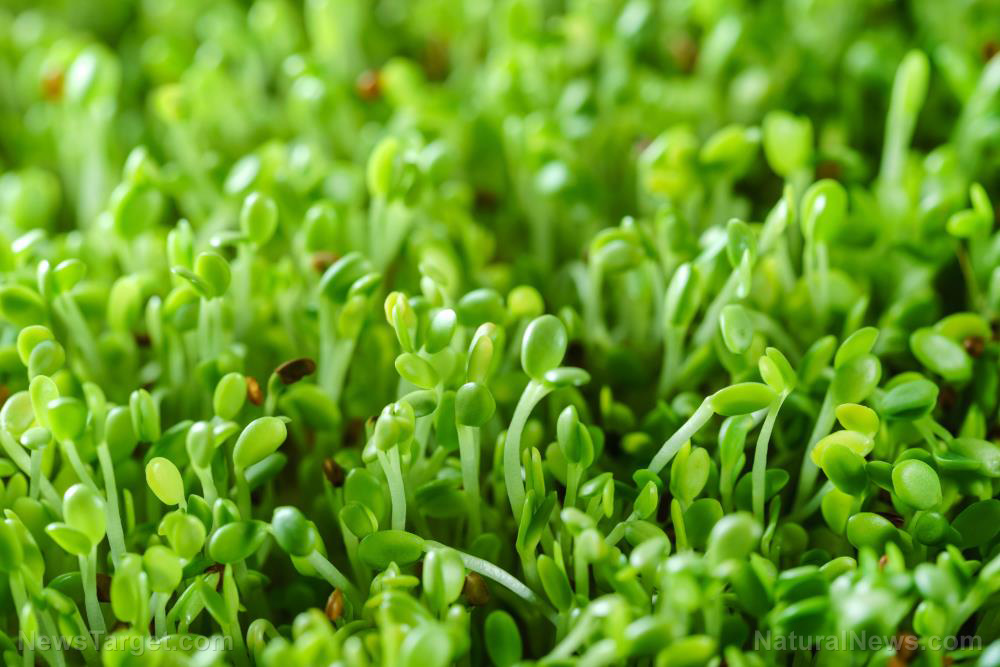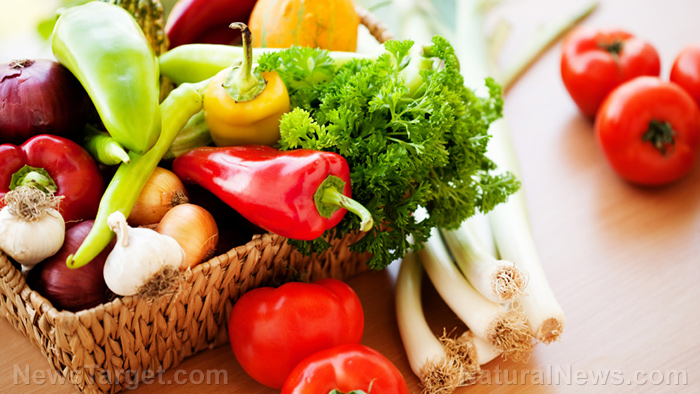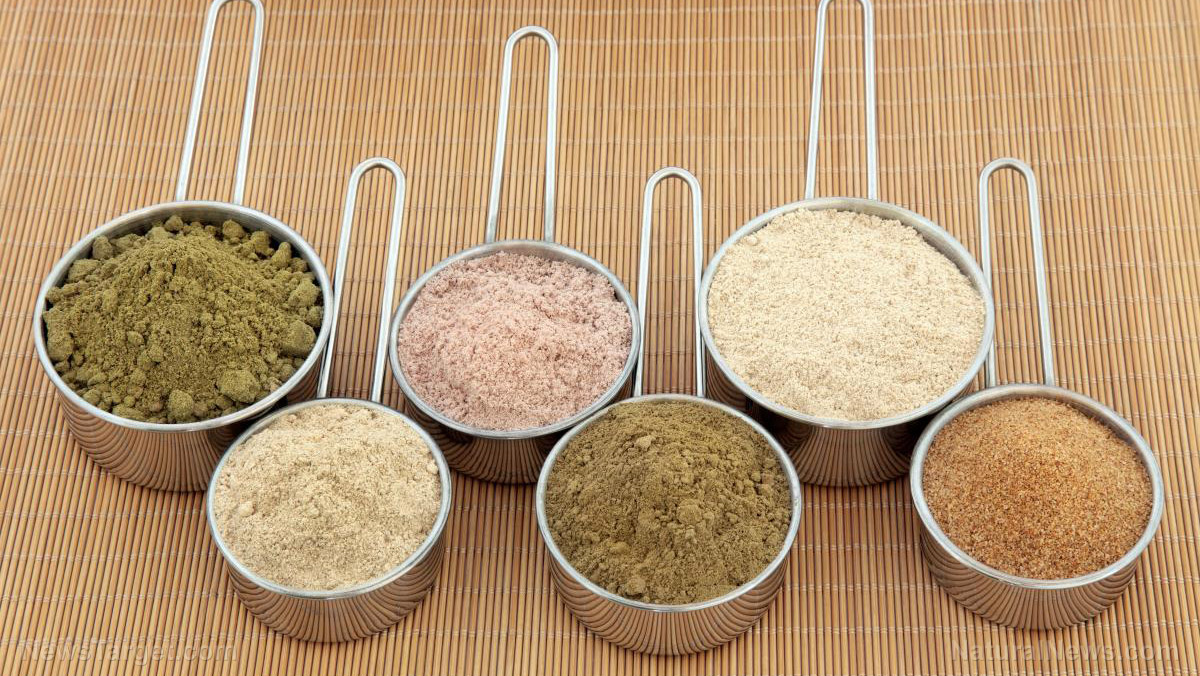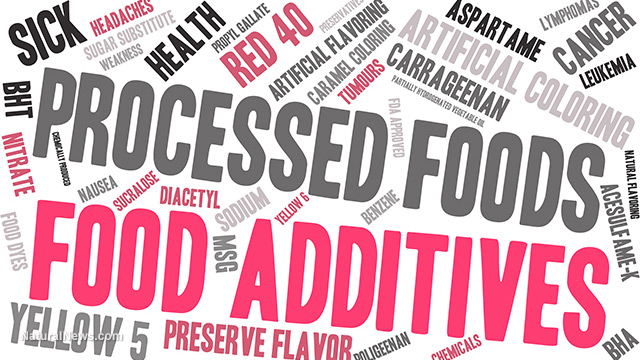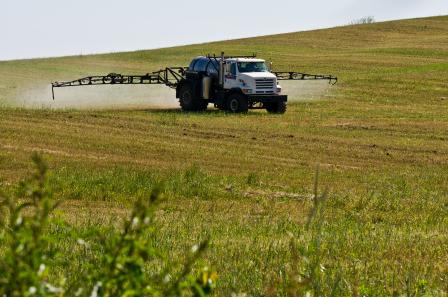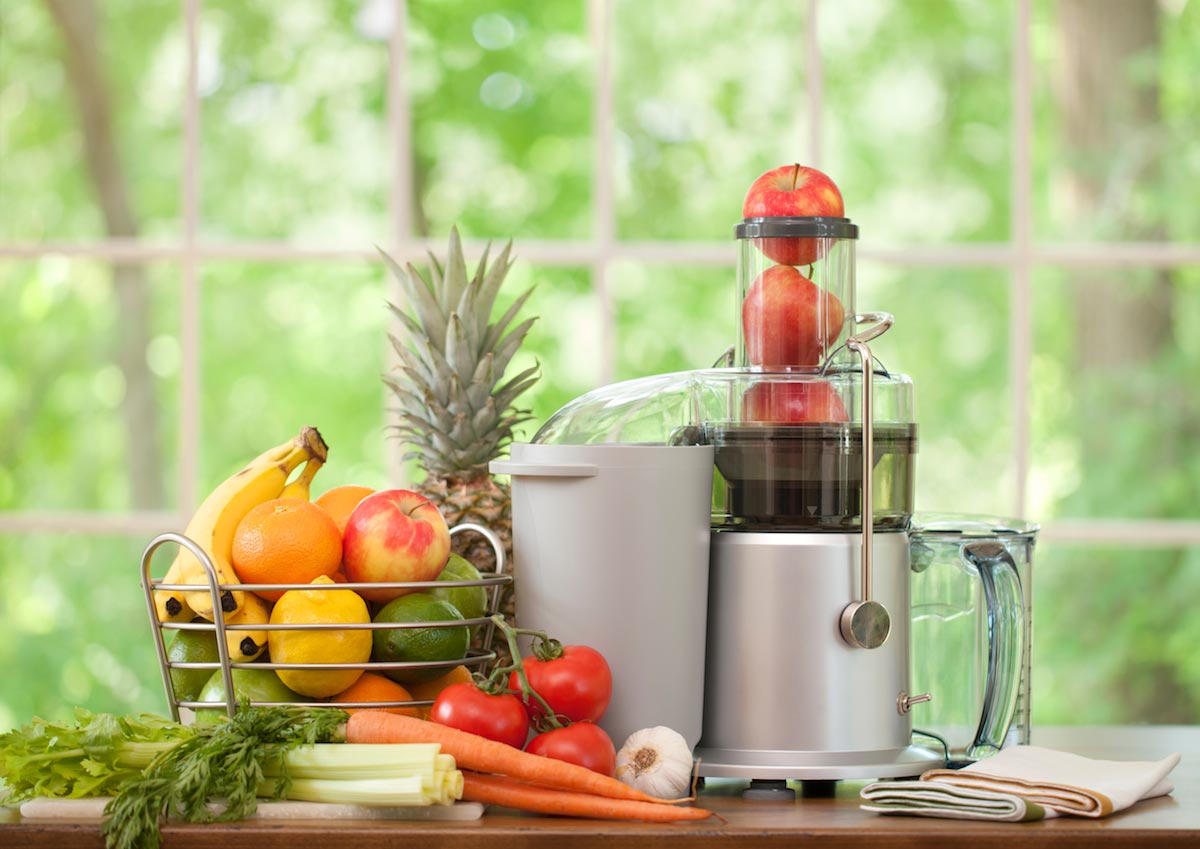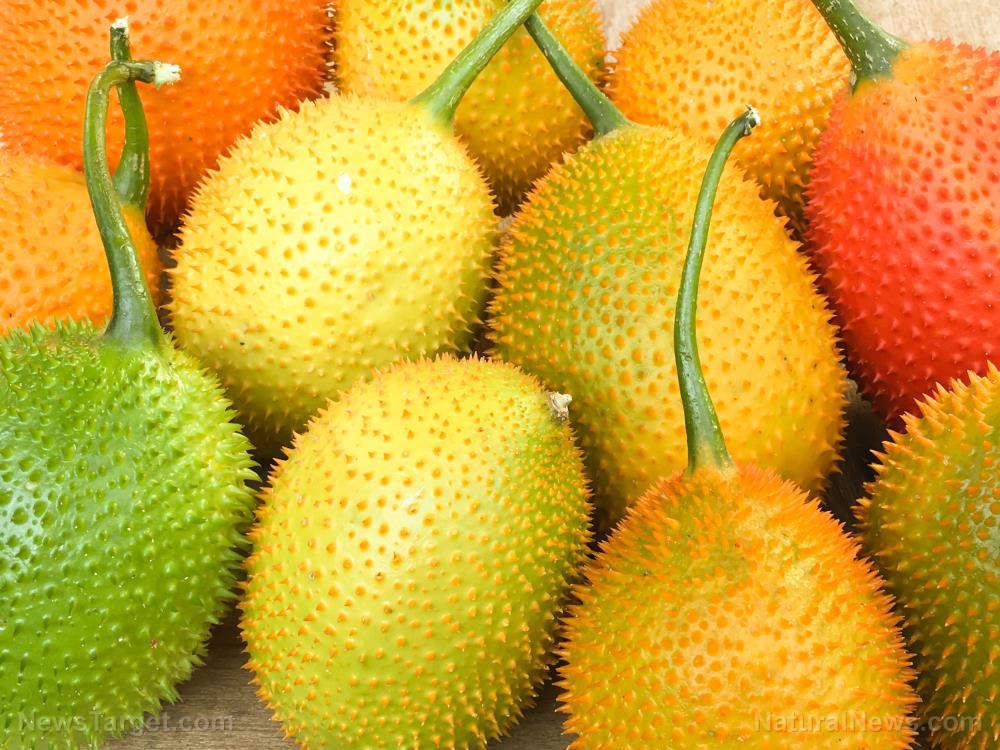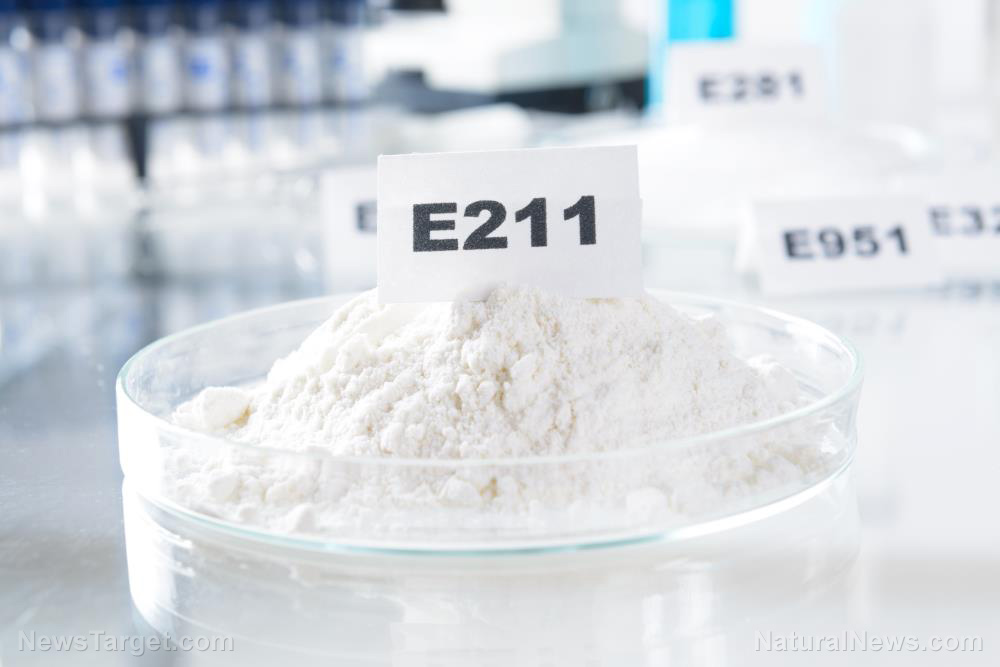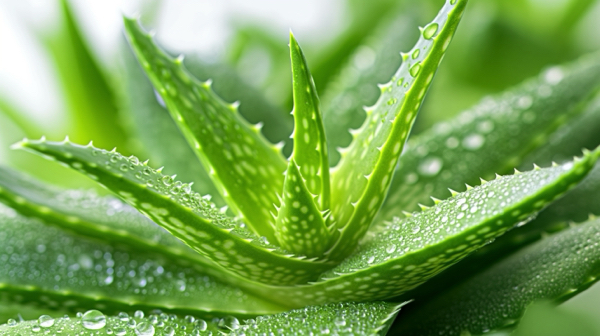Outbreak of rare SALMONELLA in the U.K. and Europe linked to Sicilian cherry tomatoes, over 200 people infected
09/16/2025 / By Patrick Lewis
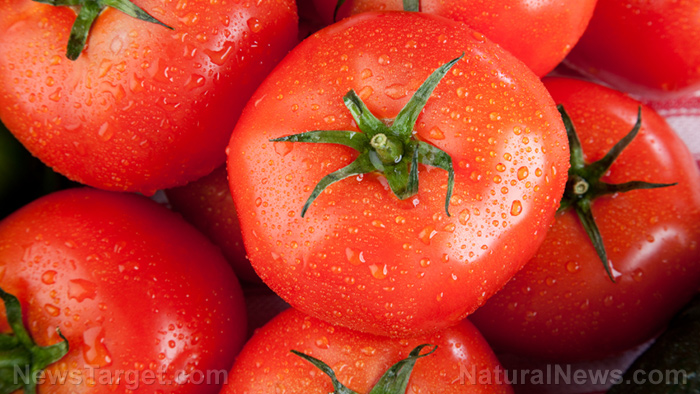
- A rare Salmonella strain (Strathcona ST2559) has infected nearly 300 people across Europe and the U.K. since early 2024, raising serious public health concerns.
- From January 2023 to November 2024, health authorities confirmed 232 cases across 16 EU/EEA nations and the U.K., with Italy (67), Germany (62), France (23) and the U.K. (29) among the highest.
- Epidemiological and genomic investigations have traced the outbreak to small cherry tomatoes grown in Sicily, with similar strains having caused earlier outbreaks, including in Austria (2023), Italy (2024) and Denmark (2011).
- Italy’s Health Ministry has ordered urgent sampling of “ciliegino” and “datterino” cherry tomatoes by end of 2024, and is investigating broader environmental contamination — including from farm animals and irrigation water.
- The European Centre for Disease Prevention and Control warns that new outbreaks may recur unless the contamination’s root cause is found and controlled, while authorities emphasize adhering to the “4 Cs” of food hygiene to reduce spread via produce like raw tomatoes.
A rare and concerning Salmonella outbreak has swept across Europe and the United Kingdom, afflicting nearly 300 individuals since January 2024.
The U.K. Health Security Agency (UKHSA) has issued urgent warnings about the severity of the strain involved – Salmonella strathcona ST2559. The strain, while uncommon, can trigger especially severe illness particularly in vulnerable population groups.
Brighteon.AI‘s Enoch engine defines S. strathcona ST2559 as a specific strain of Salmonella bacteria that can cause infections in humans and animals. It typically spreads through contaminated food, water or contact with infected surfaces.
Between Jan. 1, 2023, and Nov. 5, 2024, authorities across 16 European Union/European Economic Area countries and the U.K. documented 232 confirmed cases of S. strathcona, according to data jointly released by the European Food Safety Authority (EFSA) and the European Centre for Disease Prevention and Control (ECDC). When factoring in cases reported since January of this year, the cumulative total approaches 289 infections.
Italy reported the highest number of cases with 67 cases, followed by Germany with 62 and France with 23. In the U.K., 29 cases have been officially recorded.
Epidemiological investigations, traceability studies and whole-genome sequencing (WGS) clusters have pointed directly to cherry tomatoes grown in Sicily, particularly small varieties, as the likely vehicle of infection. These findings emerged notably from outbreaks in Austria (2023) and Italy (2024), and echo a historical incident in Denmark in 2011. WGS analysis suggests the strain has a recent common ancestor, underscoring a widespread, cross-border transmission linked to a single regional origin. (Related: Researchers: Prepackaged salads promote the growth of Salmonella bacteria.)
Italy’s Ministry of Health has responded by launching an urgent sampling program for “ciliegino” and “datterino” cherry tomatoes, two varieties sold domestically. Meanwhile, local health authorities are mandated to conduct at least one round of testing by the end of 2024.
Officials are also investigating environmental links. An animal in the affected region tested positive for the same strain, highlighting possible contamination routes such as irrigation water. Given this, the ECDC has issued a stark warning: New outbreaks are likely to occur in future seasons until the root cause of the contamination has been identified and control measures implemented.
When healthy habits aren’t enough: The 4 Cs against Salmonella
According to UKHSA Deputy Director Dr. Gauri Godbole, salmonellosis is usually contracted through contaminated food. She adds that while it rarely spreads from person to person, those at particular risk — such as young children, older adults and immunocompromised individuals — can suffer severe or life-threatening complications.
The infection typically triggers symptoms like diarrhea, vomiting, abdominal cramps and fever; in serious cases, dehydration or bloodstream infections may necessitate hospitalization.
This outbreak forms part of a larger trend seen across Europe in recent years — an increasing number of foodborne illnesses linked to raw or minimally processed fruits and vegetables. Contributing factors include evolving agricultural practices, shifting dietary habits and expanded importation of fresh produce.
Historically, Salmonella has been associated with foods of animal origin such as poultry, eggs and dairy. However, these new outbreaks underscore the rising risk posed by produce items previously considered low-risk. In the U.S., Salmonella infections are estimated to cause 1.5 million foodborne cases annually, including 15,000 hospitalizations and 500 deaths — mostly linked to conventional vectors — but produce-linked cases are becoming increasingly prominent.
Tomatoes are uniquely vulnerable to contamination due to their porous, thin skin that allows bacteria to cling, and because they are commonly consumed raw — giving no heat treatment to neutralize pathogens. Public health authorities continue to reinforce the importance of the “4 Cs” of food hygiene to minimize risk:
- Cleaning: Wash hands thoroughly before and after handling food and keep kitchen utensils and surfaces sanitized.
- Cooking: Heat food to an internal temperature above 65 C for at least 10 minutes; when reheating, reach 70 C for two minutes to kill lingering bacteria.
- Chilling: Store raw foods—especially meat and dairy — below 5 C, cool leftovers quickly, and keep them refrigerated.
- Cross-contamination: Avoid transferring pathogens from raw foods to those ready to eat, especially produce like tomatoes—separate utensils and surfaces are vital and washing produce, even if cooked or peeled, is recommended to reduce surface contamination.
With nearly 300 infections, multiple hospitalizations and confirmed links to seasonal produce from Sicily, health authorities across Europe and the U.K. are urging consumers, retailers and suppliers to remain alert and vigilant. Until robust farm-to-fork control measures are implemented and the underlying contamination route resolved, the risk of recurring Salmonella outbreaks remains uncomfortably high.
Read more stories like this at Food.news.
Watch this video to learn more about physical hazards in food.
This video is from the Daily Videos channel on Brighteon.com.
More related stories:
Salmonella outbreak linked to cucumbers spreads to 23 states.
Soft cheeses RECALLED from product shelves over potential contamination by foodborne pathogens.
Processed AND contaminated: Twinkies recalled over possible salmonella concerns.
Sources include:
Submit a correction >>
Tagged Under:
bacteria, big government, dangerous, Europe, food hygiene, food poisoning, food safety, food science, food supply, foodborne illnesses, grocery, immunocompromised, infections, national security, outbreak, products, raw food, Salmonella, tomatoes, UKHSA, United Kingdom
This article may contain statements that reflect the opinion of the author
RECENT NEWS & ARTICLES
CleanFoodWatch.com is a fact-based public education website published by Clean Food Watch Features, LLC.
All content copyright © 2018 by Clean Food Watch Features, LLC.
Contact Us with Tips or Corrections
All trademarks, registered trademarks and servicemarks mentioned on this site are the property of their respective owners.



